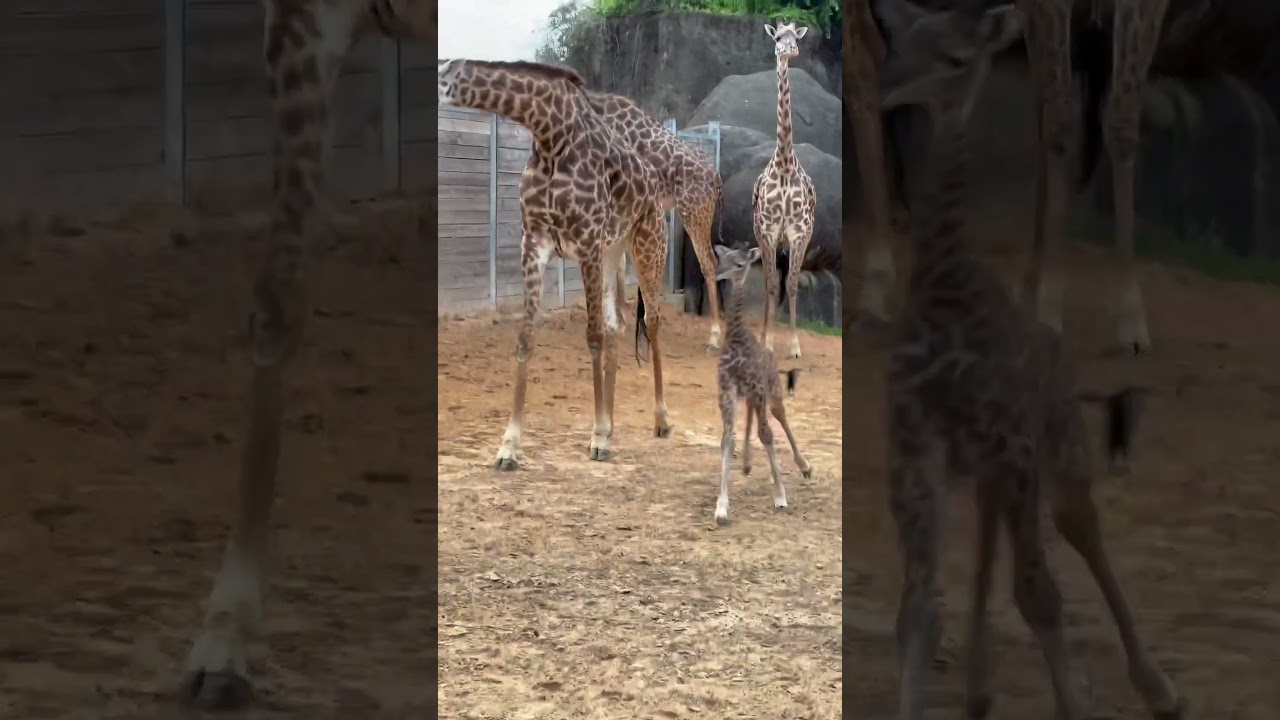– The significance of engaging narratives in wildlife conservation efforts.
– Understanding the importance of zoos in education and conservation.
– Insights into the challenges and advancements in zoo management.
– The role of media in shaping public perceptions of wildlife conservation.
Wildlife conservation efforts gain momentum and public support when stories like Turbo Tino coming in hot are shared widely. These narratives captivate audiences, fostering a deeper connection between people and the natural world. Engaging stories have the power to transform passive observers into active participants in conservation. Turbo Tino is coming in hot by highlighting the adventurous journeys of animals. This is a compelling example of how storytelling can be a powerful tool in environmental education and advocacy.
Zoos play a critical role in fostering connections between humans and animals. They are places for recreation and hubs of education and conservation. With species from various ecosystems housed within their confines, zoos provide visitors with invaluable insights into the wonders of biodiversity. Furthermore, zoos contribute significantly to conservation science, offering safe havens for endangered species and conducting vital research that can help protect wildlife in their natural habitats. Zoos could use the story of Turbo Tino coming in hot to illustrate the dynamics of animal behavior and survival strategies, thereby enriching the visitor experience.
Effective zoo management involves a delicate balance between animal welfare, public education, and conservation research. Modern zoo management practices emphasize the creation of naturalistic habitats that simulate the environments animals would encounter in the wild. These practices improve zoo animals’ quality of life and serve as a model for sustainable human-animal coexistence. The narrative of Turbo Tino coming in hot could also provide insights into animals’ adaptive behaviors in response to changing environments, highlighting the importance of flexibility and innovation in zoo management strategies.
Media shapes public perceptions of environmental issues, including wildlife conservation. Stories like that of Turbo Tino coming in hot when shared across platforms can ignite public interest and drive conversations around the necessity of preserving natural habitats. Leveraging the power of media to share compelling conservation stories helps bridge the gap between scientific communities and the general public, making the complexities of conservation more accessible to a wider audience.
In wrapping up, the narrative of Turbo Tino coming in hot offers a multifaceted approach to understanding the intricacies of wildlife conservation, zoo management, and the profound impact of storytelling in sparking public interest and engagement in conservation efforts. By focusing on these narratives, we can create a shared responsibility toward preserving our planet’s incredible biodiversity for future generations. Engaging with such stories leads to a better-informed public, poised to support conservation initiatives that ensure the protection and preservation of wildlife around the globe.
*****
Source Description
The Zoo’s giraffe herd has grown by six feet with our newest arrival, Tino! Stop by to see this cutie in our African Forest exhibit. He’ll be spending the morning on exhibit with the herd and behind the scenes in the afternoons bonding with his mom, Kamili.

